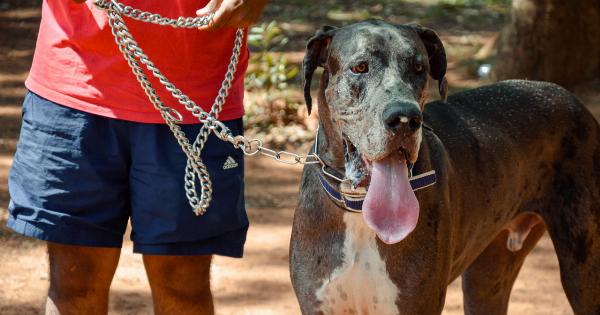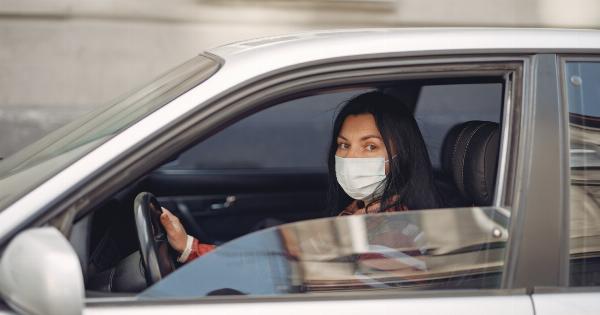Taking your dog for a ride in the car can be a fun and exciting experience for both of you. However, it’s important to keep in mind that traveling with dogs requires some preparation and precautions.
Whether you’re planning a short trip to the park or a long road trip, here are some things to watch out for to ensure your dog’s safety and comfort:.
1. Proper Restraint
When taking your dog for a ride, it’s crucial to properly restrain them inside the car. This not only prevents them from distracting you while driving but also keeps them safe in case of sudden stops or accidents.
Consider using a crate, doggy seat belt, or a pet car barrier to secure your furry friend.
2. Adequate Ventilation
Dogs can easily overheat in a car, especially on sunny days. Ensure that your car has adequate ventilation by opening windows slightly or using a pet-friendly car fan.
Never leave your dog alone in a parked car, as temperatures can rapidly rise and cause life-threatening heatstroke.
3. Protect Against Motion Sickness
Some dogs experience motion sickness while traveling in a car. If your dog is prone to this condition, consult with your veterinarian about possible remedies or treatments.
Additionally, avoid feeding your dog a large meal right before the ride and provide plenty of fresh water.
4. Pack Essentials
Just like humans, dogs also have their essentials when going on a car ride. Pack a travel bag with items such as a leash, collar with identification tags, poop bags, food and water bowls, treats, a favorite toy, and any necessary medications.
This ensures that you have everything you need to keep your dog comfortable and happy throughout the journey.
5. Regular Breaks
Long car rides can be tiring and uncomfortable for dogs. Make sure to take regular breaks to allow your furry friend to stretch their legs, relieve themselves, and have a drink of water.
Use this opportunity to also clean up any messes or accidents that may have occurred.
6. Avoid Sticking Head Out the Window
While many dogs love feeling the wind on their face, it’s best to avoid letting them stick their head out of the car window. This can lead to eye injuries from debris, ear damage, or even the risk of your dog jumping out of the moving vehicle.
Instead, secure them safely inside the car.
7. Familiarize with Car Rides
If your dog is not used to car rides, it’s important to gradually introduce them to the experience. Start with short trips around the block and gradually increase the duration. This helps to minimize anxiety and motion sickness.
Reward your dog with treats and praise for good behavior during the ride.
8. Be Mindful of Travel Anxiety
Some dogs may experience travel anxiety, which can manifest in restlessness, whining, drooling, or even aggression.
To help your dog feel more at ease, you can try using calming products like anxiety wraps, natural pheromone sprays, or consult with your vet for possible medications or behavioral training.
9. Be Prepared for Emergencies
When traveling with your dog, it’s crucial to be prepared for emergencies. Keep a pet first aid kit in your car, including items like bandages, tweezers, antiseptic wipes, and your veterinarian’s contact information.
Additionally, be aware of nearby veterinary clinics or emergency hospitals along your planned route.
10. Plan Dog-Friendly Stops
If you’re embarking on a long road trip, plan ahead and identify dog-friendly stops along the way. Look for parks, rest areas, or pet-friendly hotels where your dog can stretch their legs, have a potty break, or even enjoy a short play session.
This allows your dog to have some fun and reduces their stress during the trip.






























